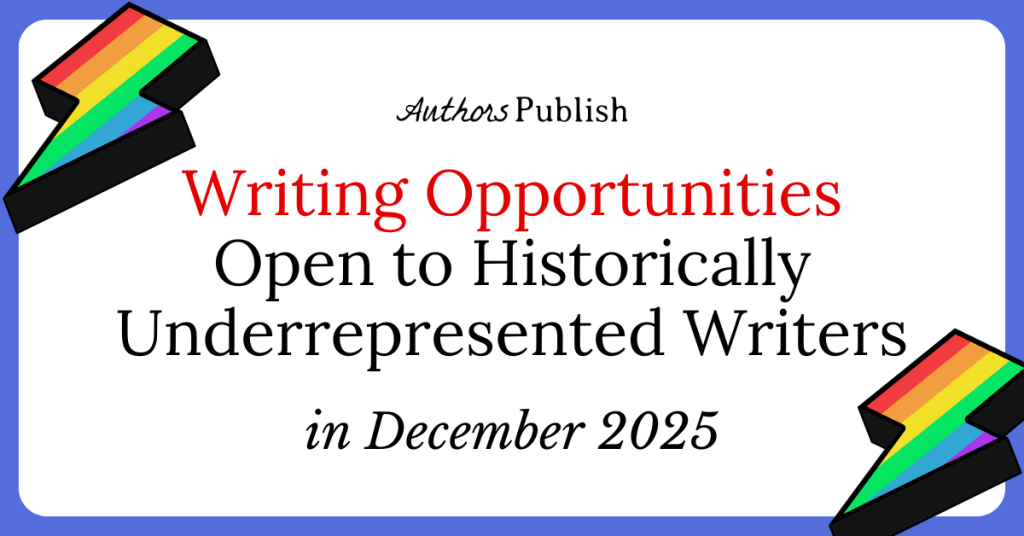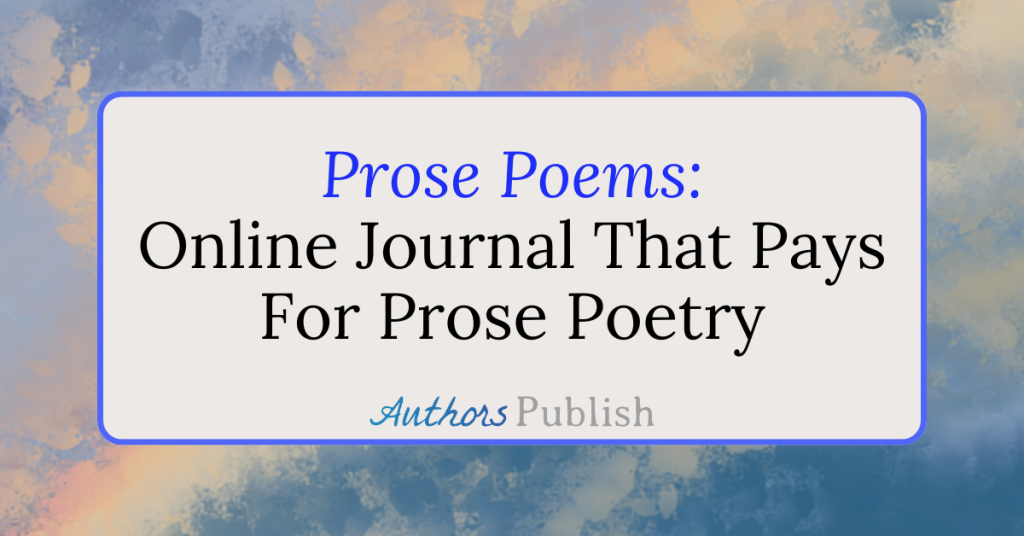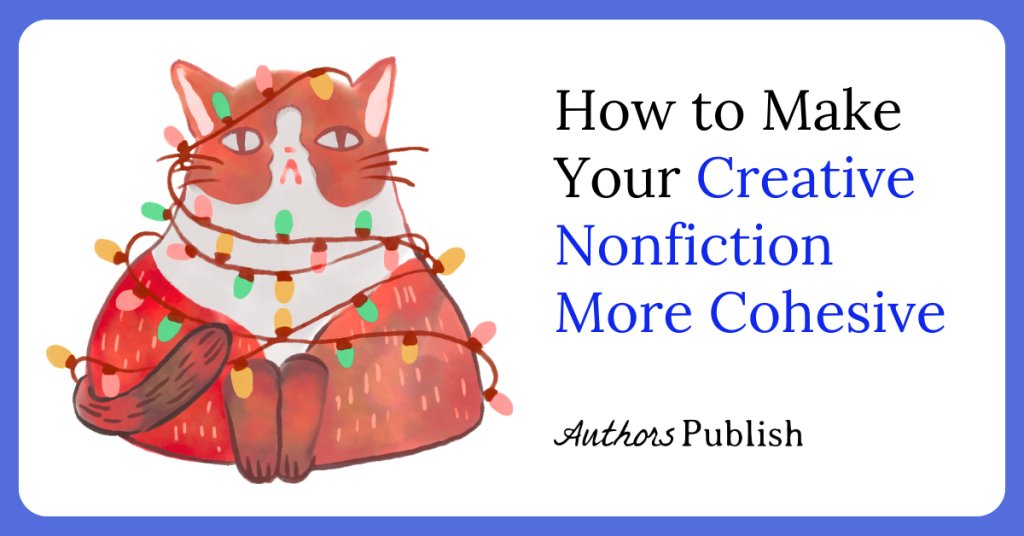I am starting off this article with a disclaimer. This article is not going to tell you what publishing trends are up and coming. I don’t know whether books about fairy pirates are going to be the new children’s book trend or not. That isn’t my area of expertise, and it is not where my interest lies.
This article is all about the trends I have observed in the publishing industry – in terms of manuscript publishers, self-publishing, and literary journals – over the last year or so. The key word in the previous sentence is “I”. This article reflects my personal opinion, and what I have noticed. I write a new/updated version of this article every year.
Because I write a review of a manuscript publisher every week for Authors Publish, I spend a lot of time researching publishers and publishing. As a professional submission advisor I spend hours every week researching literary journals, publishers, and literary agents. I also receive hundreds of emails every year about publishing.
Below are all the trends that I have noticed developing over the last year.
1. The euphoria of self-publishing has worn off
This has been coming for years. Authors are still self-publishing but they are fewer and it’s seen more and more as a last ditch effort than an opportunity, instead of a stepping stone towards traditional publishing, which is an interesting shift. I think Facebook and the growing ineffectiveness of author pages is one of the factors in the change, as well as over-saturation of the market.
I actually think it might create a period of opportunity for self-published authors that have a lot of marketing knowledge and energy, but that is pure speculation. As a side note, even fewer publishers than before are accepting previously self-published books.
I’ve noticed that this does not seem to be affecting vanity presses, particularly ones that don’t bill themselves as self-publishers and use alternative terms like “hybrid publisher”. They are just shifting their tactics away from billing themselves as “self-publishers”.
2. Imprints of the Big Five publishers are becoming more likely to be closed to unsolicited submissions
In the past, most of the Big Five publishers have had at least one imprint open to direct submissions. Often it was an imprint aimed at children, or it was an electronic/digital-first imprint.
Last year I noticed a lot of the electronic imprints of Big Five publishers were slowing down or closing down, then in the early months of 2019 a number of electronic imprints closed down completely.
This is unfortunate, but par for the course.
In 2017 about 10 independent publishers that I had previously reviewed closed their doors to unsolicited submissions, in 2018 less than five did. Hopefully this trend will continue to be on the decline.
3. eBook Publishing, in general, seems to have stabilized
In 2017 about eight eBook publishers that I had previously reviewed closed their doors to unsolicited submissions, in 2018 five did. In 2019 this number went down again.
Part of this is that there were fewer eBook publishers starting up, but the companies that have started tend to be by editors with more experience, and they seem to have a greater chance of sticking around.
It is much more common for these new presses to offer print versions of the books they are publishing, even though the majority of what they sell are eBooks.
4. More literary journals are charging reading fees
Unfortunately, this is a trend that just keeps growing. We at Authors Publish have been talking about this for a long time, and if you are interested in learning more about how reading fees work, this article is for you.
I am not surprised this issue is continuing to be a large one.
Also, I have noticed that it is becoming more common to charge more than $3 to submit. The largest literary journal submission fee I have seen is for $25, which is preposterous.
5. More prestigious literary journals are charging reading fees
I’ve been monitoring the 100 most challenging markets on Duotrope for the last three years and each year more of the journals on that list, even those whose editors have spoken up against reading fees, have started charging fees. It is much more likely for a journal on that list to start charging fees, than one not on that list. So the journals that are receiving the most submissions and have the highest odds of rejecting a given submitter are much more likely to charge a fee to do so.
Now well over 50% of that list charges submitters. The closer a journal is to the top of that list, the more likely they are to charge.
This is a serious issue, as these are the journals agents and editors read; they are the ones that increase your chances of getting your work traditionally published.
6. More literary journals are having free submission options
Finally, some mostly-good news. Some literary journals that have added fees have lately made sure to have either fee-free periods or fee-free options. Some even have this neat option where, if you choose to pay a small fee to submit, they will give you feedback on your piece.
Unfortunately, some literary journals are really bad at promoting the fee-free period, so you really have to keep your eyes peeled for it.
7. Presses and agents have no time to send rejections
More presses and literary agents are setting a deadline, sometimes a month, other times six, but always less than a year, where, if you have not heard from them, you should consider yourself rejected. This is becoming a more common policy for literary journals and magazines as well. I generally don’t mind this trend (a canned rejection letter is a canned rejection letter), but I do find it problematic when the press says they send out rejections, but they do not. If a press is upfront about this policy and offers a timeline, I think it works, although it is not ideal.
About one out of every three presses I reviewed this year explicitly stated that they do send out rejection letters and that if you have not heard from them in a certain period of time, to assume rejection.
8. Print journals are becoming rarer and rarer
A lot of journals that were print are now electronic, partially or completely. New journals are much more likely to be electronic. If the publisher has extra money it goes towards Submittable or paying contributors, not into putting together a print issue.
Even universities and established and respected literary journals are now switching to the online-only literary journal model. Electronic issues are more likely to have more readers. Additionally, it is a lot easier, not to mention cheaper, to run an electronic journal.
This year Tinhouse, one of the most established literary journals, started publishing online only. A number of other established journals went on a temporary hiatus or closed their doors completely.
9. Agents are increasingly unlikely to take on first books
This has been a trend over the years. But I’ve talked to a number of agents now who have openly spoken about preferring authors to get their first book published by a press open to direct submission first, and then find an agent for their second book. Advances are rare and small for first books and royalty percentages are often limited. This gives the agent very little wiggle room so it discourages them from working with first-time authors. This has helped authors who’ve managed to get their first book published on their own.
10. More small manuscript presses are using Submittable
Submittable is a submission managing service that many literary journals have used for years. It is one of the factors that has made reading fees more common. For a while now, literary journals that also publish books have used Submittable, but more recently presses that do not have a literary journal component are much more likely to use it. So far this has not had a direct correlation with an increase in reading fees for presses.
Are there any trends you have noticed in publishing that I have not mentioned here? Do you have any additional feedback? Please send me an email at support@authorspublish.com.
Emily Harstone is the author of many popular books, including The Authors Publish Guide to Manuscript Submissions, The 2019 Guide to Manuscript Publishers, Submit, Publish, Repeat, and The Authors Publish Guide to Children’s and Young Adult Publishing.
She occasionally teaches a course on manuscript publishing, as well as a course on publishing in literary journals.






